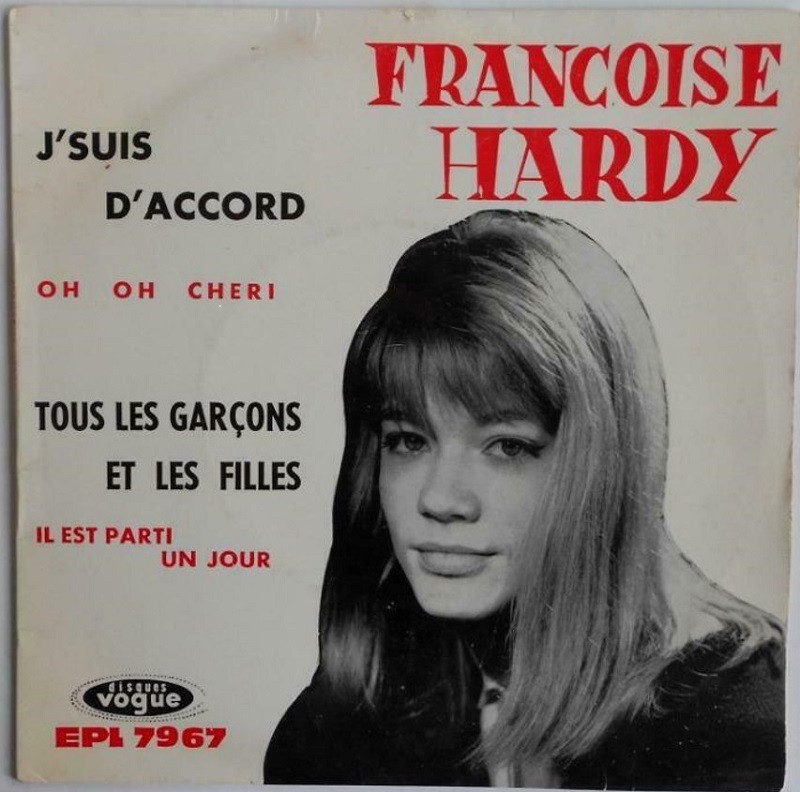My earliest encounters with music are intertwined with the sound of 45 rpm singles spinning in my older brothers’ bedroom in Barcelona during the early 1960s. As a boy not yet ten, their room served as both a teenage sanctuary and my playground. I vividly remember the ritual of setting up their suitcase record player – unfolding its two halves on the floor after carefully retrieving it from the closet, then plugging it in to play their treasured records. This was a privilege I was not granted for some time. My older brother’s departure from home also meant the departure of those records, vanishing with him, yet unknowingly, my teenage brothers had initiated me into the enchanting world of sixties songs.
Fast forward to 2018, I found myself volunteering to prepare music presentations for individuals with mild Alzheimer’s. Initially, I explored traditional music from an online platform, Fondo de Música Tradicional [IMF-CSIC], but soon realized that this demographic, slightly older than myself, were primarily city dwellers with limited connection to traditional folk music beyond a few nursery rhymes. For the subsequent session, I shifted my focus to universally recognized popular music classics found on YouTube. During this casual search, a familiar face emerged in the sidebar – Françoise Hardy. It was almost unbelievable to see her face again. Suddenly, my mind was transported back fifty years to those moments sneaking into my brothers’ room, captivated by my favorite singer-songwriter, clutching the record jacket adorned with her beautiful image. This time, it wasn’t just a picture, but a video of her, walking through Paris, singing “Tous les garçons et les filles” (1962; video 1964).
As “Tous les garçons et les filles,” a quintessential example of Hardy Songs, began to play, I was momentarily hesitant to watch. Perhaps, I thought, I should allow my auditory memory to independently resurrect the original experience and the delicate nuances of Hardy’s voice from the depths of my memory. However, curiosity prevailed, and I began watching her available videos, instantly recognizing several Hardy songs from my past. “Comment te dire adieu” (1968) appeared, igniting the same compulsive desire to replay it endlessly – much like flipping a 45-rpm record repeatedly – to savor the sensual pronunciation of the letter “x” and the spoken interludes in her exquisite French. Within just over two minutes, the song left you wanting more. The profound capacity of music to revive long-forgotten childhood moments overwhelmed me, prompting a reflective journey back to those days of quietly and intently trying to decipher snippets of French, immersed in the wonderfully melancholic yet joyful ambiance she created through her Hardy songs.
“Comment te dire adieu,” another gem among Hardy songs, deeply resonated with my early sense of musical beauty. These songs had the power to recreate emotional landscapes linked to distant life events, fostering a vivid awareness of time’s passage. An undeniable emotional reaction arose when confronted with such sudden, inexplicable feelings. As more Hardy songs surfaced from the past – “Voilà” (1967); “Parlez-moi de lui” (1968); “Message personnel” (1973) – I realized their timeline extended beyond my childhood. I vaguely recalled hearing some of these beautiful Hardy songs later, perhaps on an LP, though the exact occasions remained elusive. Her illustrious career spanned over half a century, encompassing more than thirty studio albums. The landscape of French popular music from the 1960s and early 1970s is incomplete without acknowledging the significant contribution of Françoise Hardy and her iconic Hardy songs.
“Voilà,” is yet another example of the timeless Hardy songs that captivated audiences. My subsequent, almost musicological, attempts to pinpoint the precise brand and model of our suitcase record player, or the exact recordings I listened to, or even which of her numerous online pictures matched the image on that long-lost record jacket of “Tous les garçons et les filles,” now seem utterly insignificant. Indeed, I tried, but in vain. Auditory memory triumphed overwhelmingly over the visual memory of the idealized image of her face I had retained in my mind. It’s striking to consider the immense difference between how we experienced music then – with minimal information, just a record cover – compared to the information-rich environment of today.
 Françoise Hardy "Tous les garçons et les filles" record cover from 1962, showcasing her early image.
Françoise Hardy "Tous les garçons et les filles" record cover from 1962, showcasing her early image.
Therefore, I offer you the same basic tools I had in the 1960s when I first encountered Françoise Hardy: 1) a suitcase record player, similar to our home model (Figure 1); 2) the cover of one of her initial 45 rpm recordings featuring “Tous les garçons et le filles” (Figure 2), possibly the same edition we owned, though my visual memory of the cover image might be blurred by later, enhanced pictures on subsequent recordings; and c) the YouTube links provided earlier, leading to videos (unseen by me before 2018) of several Hardy songs I vividly recall. These resources should offer a more tangible perspective of Françoise Hardy for you to form your own opinion. Proceed with caution; you might just fall in love with this remarkable French singer and her enchanting Hardy songs.
Interestingly, my music presentation for Alzheimer’s patients was well-received, and we all enjoyed it. The diverse range of music and artists I included ensured there was something relatable for everyone. Yet, surprisingly, only a few attendees seemed familiar with Françoise Hardy. In the end, I realized that I had become the patient most receptive to my own presentation, deeply moved by the rediscovery of Hardy songs and the powerful memories they evoked.
Note
Banner photo: Françoise Hardy in Amsterdam, 16 December 1969, photograph by Joost Evers. Dutch National Archives, The Hague, Fotocollectie Algemeen Nederlands Persbureau (ANEFO), 1945-1989. Finding aid number 2.24.01.05, item number 04283124.

